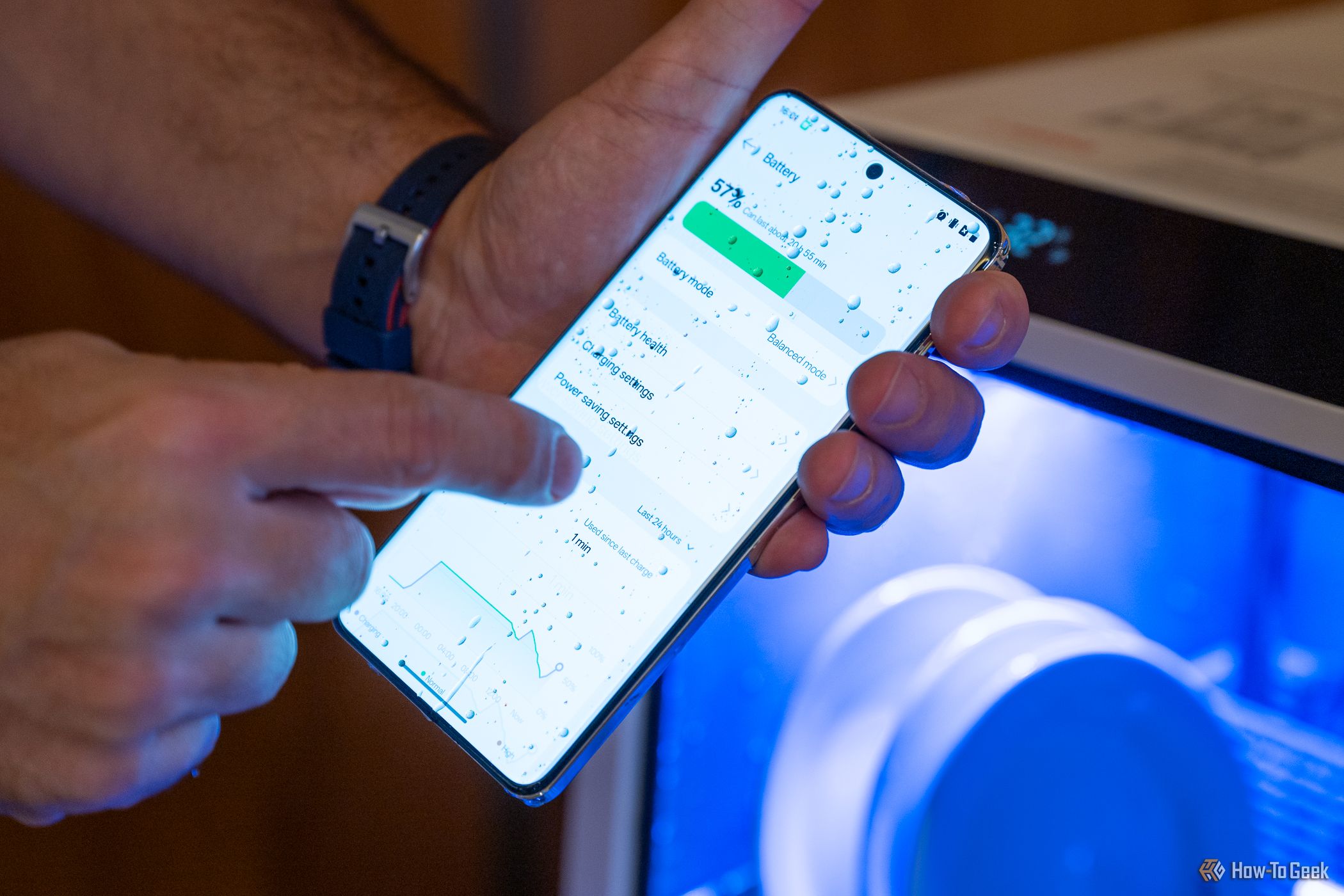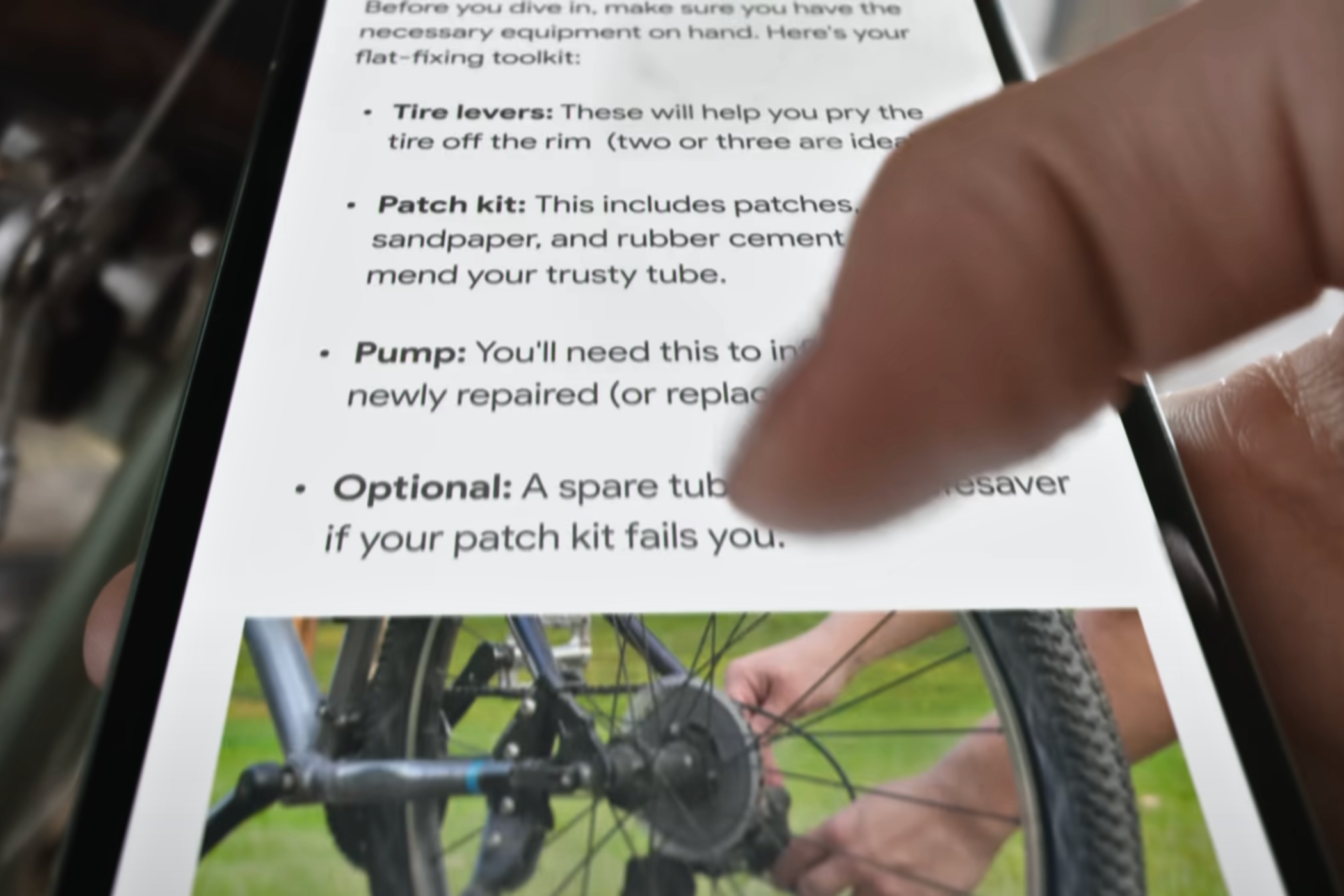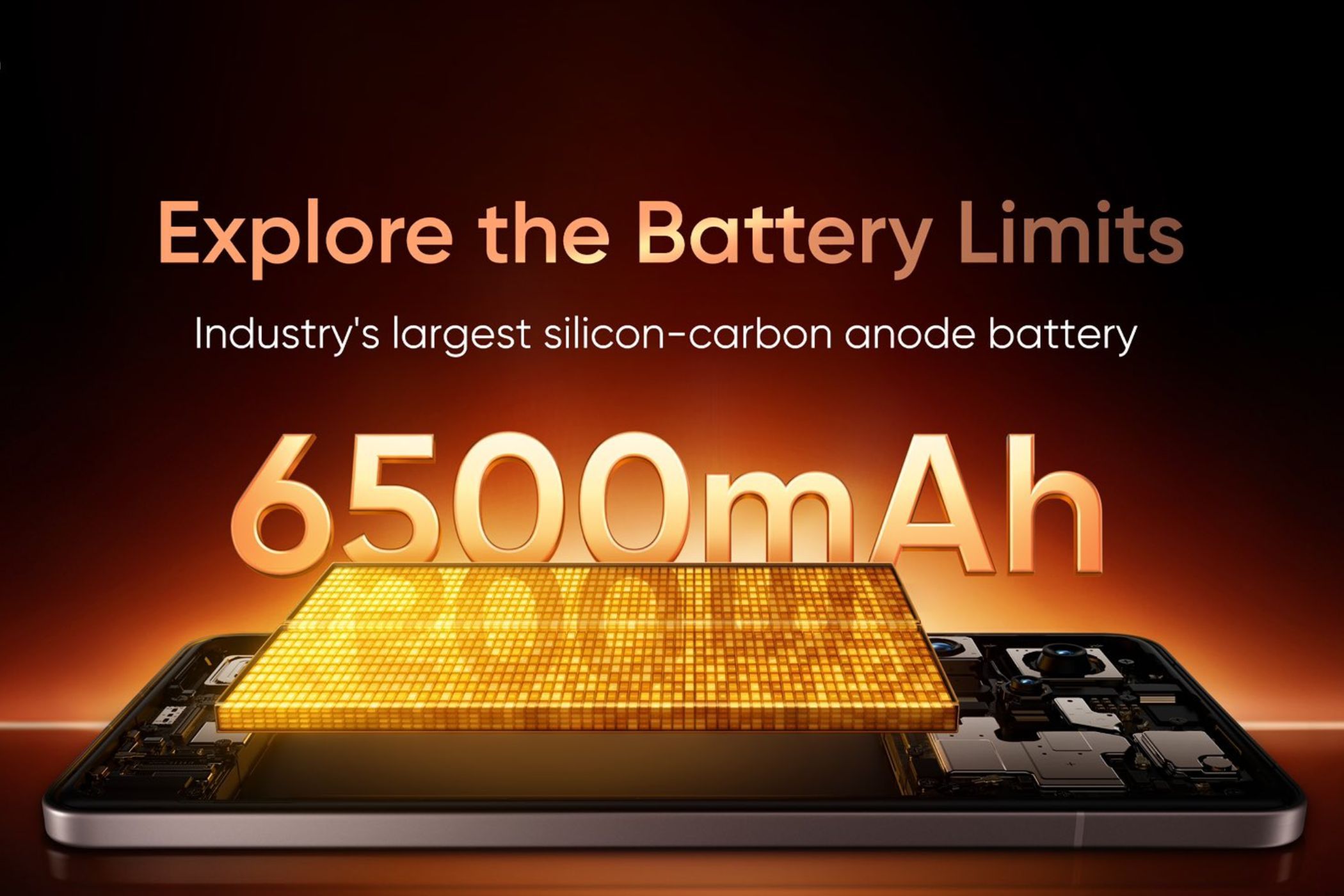The OnePlus 13 series launched earlier this month, and while there’s plenty to talk about with its Snapdragon 8 Elite processor, heaps of RAM, and tons of storage, there’s one feature that’s quite genius: the display’s local refresh rate.
This innovation lets the screen operate at different refresh rates in different sections, saving power where it’s not needed while keeping performance buttery smooth where it matters. It’s clever, practical, and honestly, something I think more brands should adopt.
What Is a Local Refresh Rate Anyway?
Most high-end phones today come with displays that support high refresh rates, typically up to 120Hz. This makes scrolling, animations, and gaming feel incredibly fluid. The problem? Running the screen at 120Hz all the time hogs the battery.
Phones with LTPO displays—like many Samsung and Apple flagships—can drop the refresh rate to as low as 1Hz when the screen shows static content. But that’s the entire screen. If one part of the screen needs to run at 120Hz, the whole display adjusts accordingly.
The OnePlus 13 changes the game by allowing different sections of the screen to refresh at different rates. For example, if you’re scrolling through Instagram, the video playing in your feed can run at 120Hz, while the static text and icons surrounding it can dial down to 10Hz.
Why Should This Matter to You?
High refresh rate displays are great, but they’re also power-hungry, putting extra strain on the processor and battery. With the OnePlus 13’s local refresh rate, you get the best of both worlds: smooth performance where it’s needed and energy savings where it isn’t.
Battery life on most flagship smartphones is already pretty solid, but with tech like this, why not have some extra juice left for the day?
For example, imagine watching a YouTube video while scrolling through the comments below. The video refreshes at its native frame rate for smooth playback, while the comments render at a much lower rate, saving power.
Similarly, in split-screen mode, one half of the display could run a high-refresh-rate video while the other displays static content, with each section adapting independently. It’s smart, efficient, and exactly the kind of innovation modern displays need.
Why Aren’t More People Talking About It?
Interestingly, the local refresh rate feature wasn’t highlighted during the OnePlus 13’s launch event. Instead, it was confirmed by OnePlus on Weibo (via Phone Arena) ahead of the phone’s launch in China. Despite this early reveal, there’s been very little follow-up since. No real-world tests, no detailed reviews, and no hard data on how much battery life it actually saves.
As it stands, the current status of the feature is unclear. Does it perform as promised? Is it as seamless and effective in practice as the concept suggests?
I don’t have a OnePlus 13 myself, so I can’t tell you how well this works in practice, but the concept is sound, and it’s the kind of tech I’d love to see others explore.
Chinese Brands Are Innovating Faster Than Ever
The pace at which Chinese smartphone brands are innovating right now is nothing short of breathtaking. First, we saw the game-changing introduction of silicon-carbon batteries, offering higher energy density and longer lifespans—arguably the biggest leap in battery technology in years. Now, OnePlus has upped the ante with this new feature.
Samsung and Apple may be the giants of the smartphone world, but even giants can fall behind. According to leaks and reports, the upcoming Galaxy S25 series will not feature silicon-carbon batteries or this local refresh rate technology.
Apple, on the other hand, seems to be in its usual slow-and-steady mode. The iPhone 17 leaks also don’t mention anything about local refresh rate capabilities or adopting silicon-carbon batteries.
Small Features, Big Impact
At the end of the day, it’s innovations like these that quietly push the industry forward. The OnePlus 13’s local refresh rate may not steal the spotlight like its chipset or camera, but it’s the kind of feature that makes you stop and think, “That’s clever.” If more brands pick up on this, we all stand to benefit.






